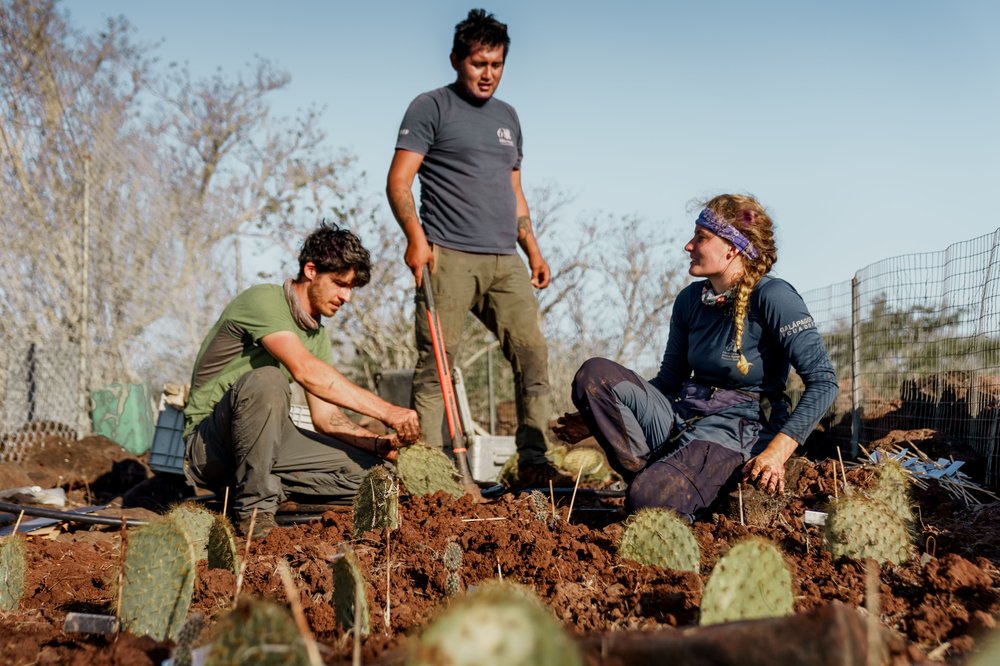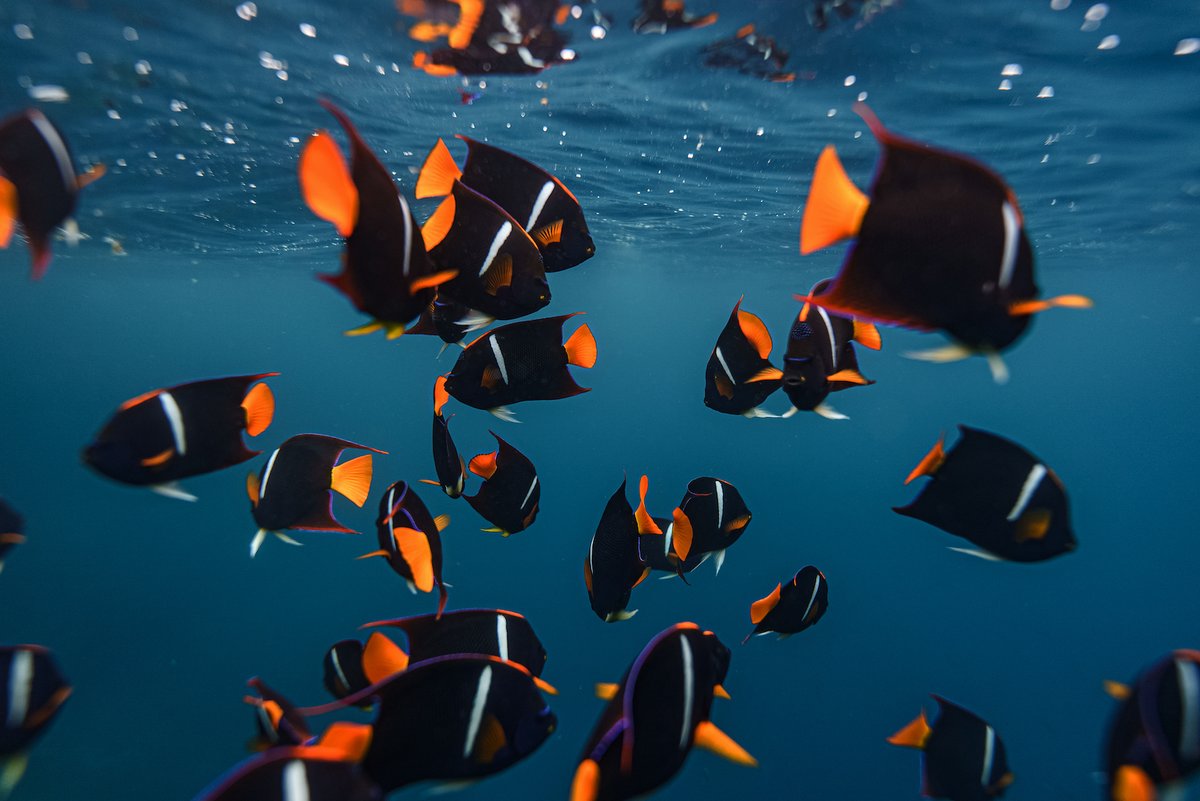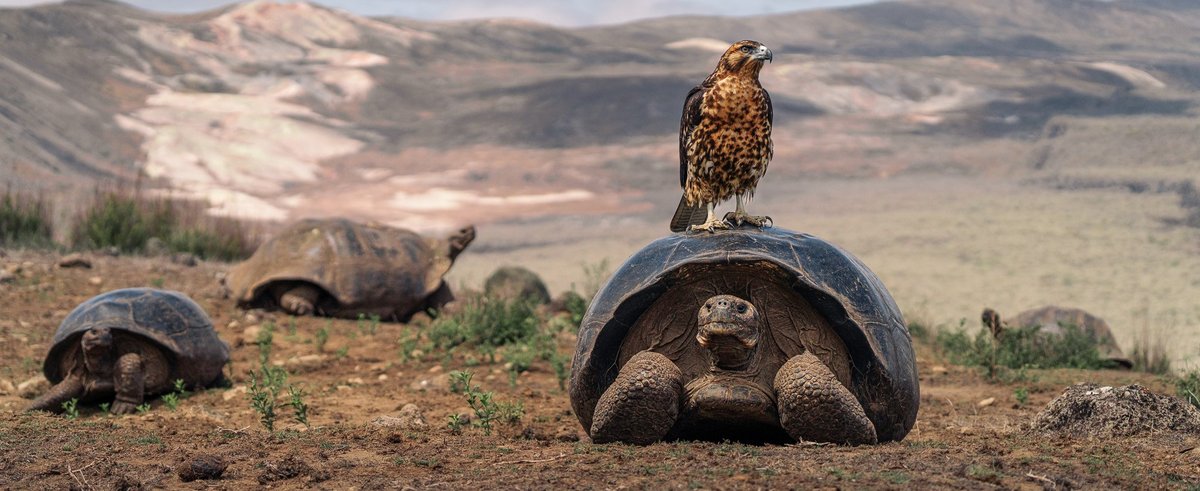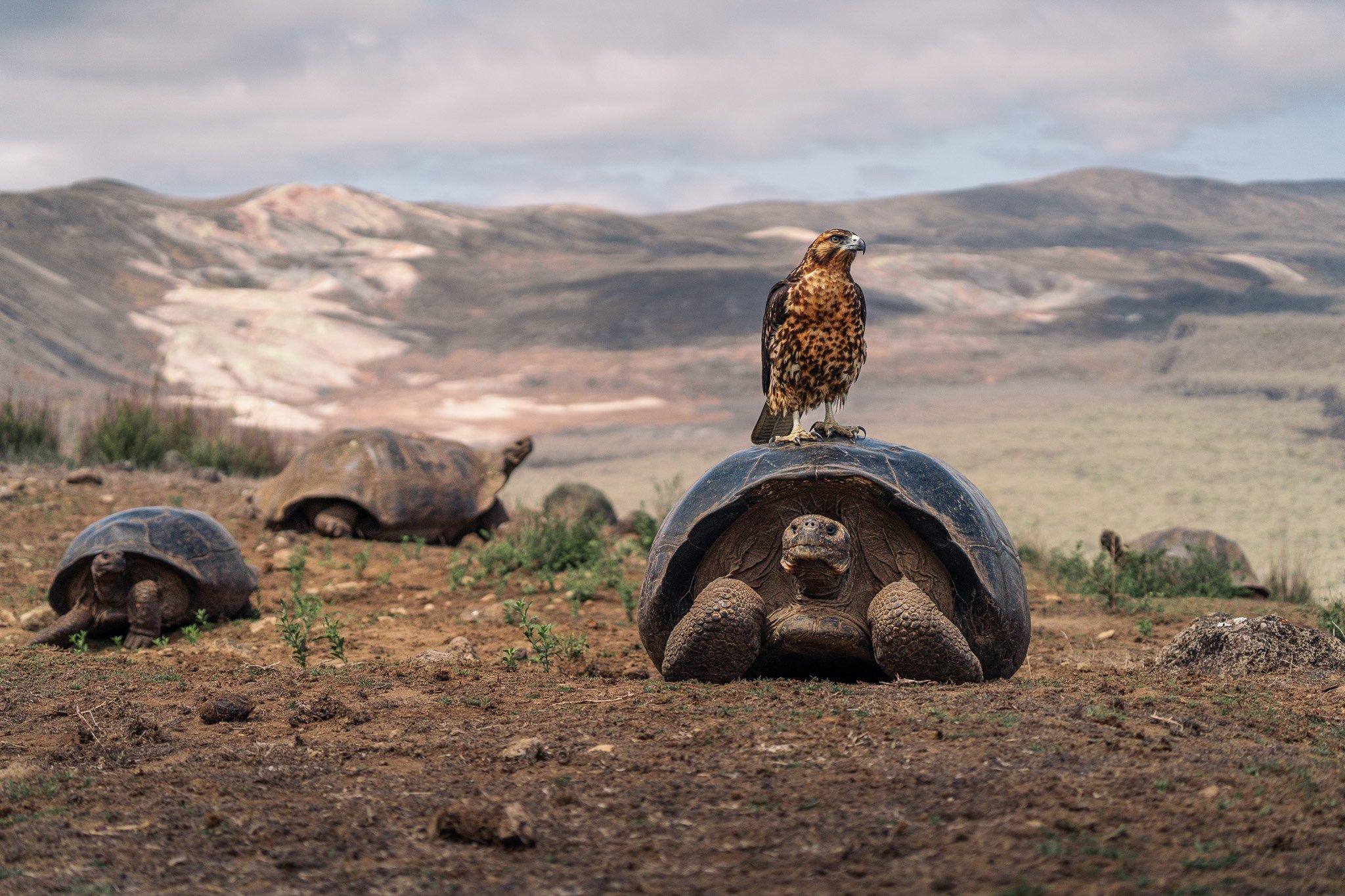Galapagos FAQ
Where Are the Galapagos Islands Located?
The Galapagos Islands are located about 600 miles (1,000 kilometers) off the coast of Ecuador in South America. They are part of the Eastern Tropical Pacific, one of the most biodiverse regions on Earth.
How Were the Galapagos Islands Formed?
The Galapagos Islands were created by volcanic activity. As a tectonic plate moves over a hotspot, volcanic eruptions form a chain of islands, resulting in the unique landscapes we see today.
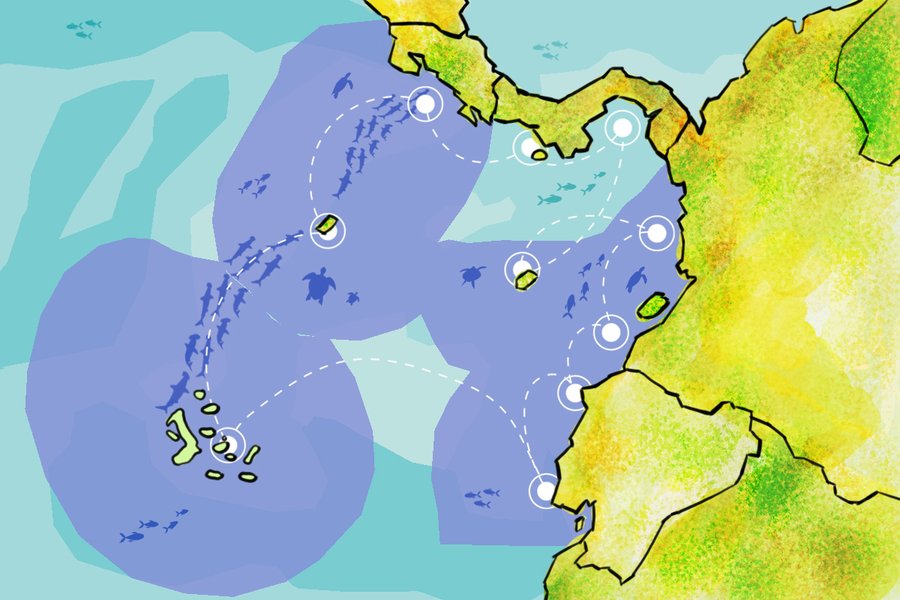
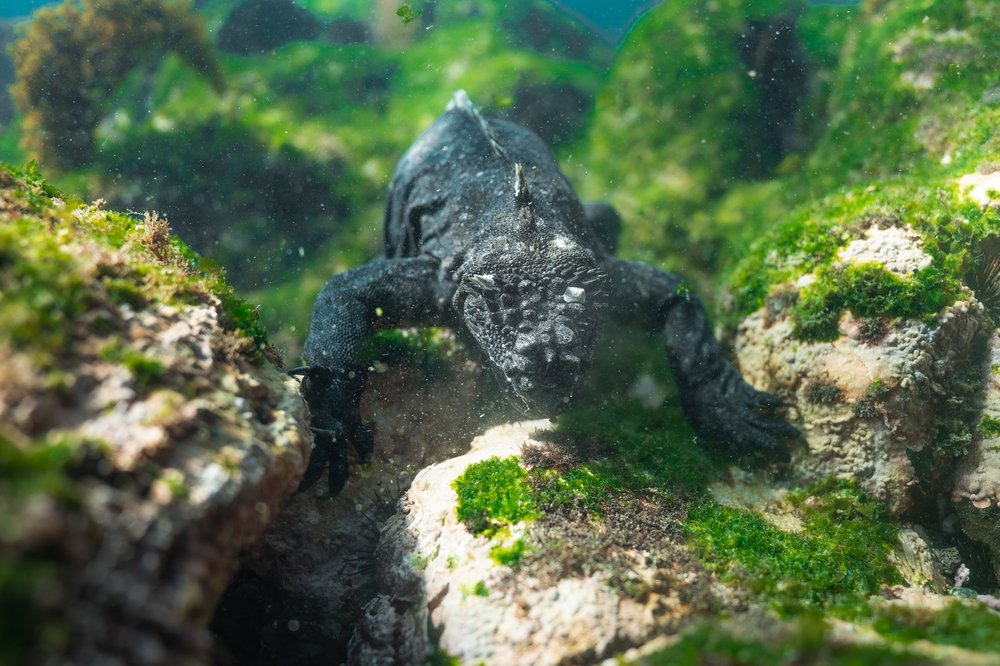
Why Are the Galapagos Islands Famous?
The Galapagos Islands are world-renowned for their extraordinary biodiversity and their role in Charles Darwin’s development of the theory of evolution by natural selection.
What Is the Best Time to Visit the Galapagos Islands?
The Galapagos Islands offer incredible wildlife experiences year-round, with two distinct seasons that each bring unique opportunities:
- Dry Season (June to December): Cooler temperatures and calmer seas make this season ideal for hiking and observing land animals, like giant tortoises and nesting seabirds.
- Warm Season (January to May): Warmer waters and vibrant underwater visibility create perfect conditions for snorkeling and scuba diving, with opportunities to see marine life like sea turtles and manta rays.
Do I Need a Visa to Visit the Galapagos Islands?
Most visitors do not need a visa, but entry requirements can vary. Be sure to check the latest regulations for travel to Ecuador and the Galapagos.
Is It Safe to Swim and Snorkel in the Galapagos?
Swimming and snorkeling are generally safe and offer incredible opportunities to see marine life. Always follow your guide's advice and be mindful of currents and wildlife.
Can I Visit the Galapagos Islands Independently, or Do I Need a Guided Tour?
Most areas of the Galapagos Islands are part of the national park, requiring visitors to be accompanied by licensed guides. Independent travel is limited to ensure the protection of the ecosystem.


What Is the Significance of Charles Darwin’s Visit to the Galapagos?
Charles Darwin’s visit to the Galapagos Islands in 1835 was instrumental in shaping his theory of evolution by natural selection. During his exploration, he observed unique species that had adapted differently on each island, such as the now-famous finches with varied beak shapes suited to different diets.
These observations led Darwin to question how species evolve and adapt to their environments over time, ultimately laying the groundwork for his revolutionary book, On the Origin of Species. The Galapagos remain a symbol of scientific discovery and evolution, forever tied to Darwin’s legacy.
Are There Restrictions on What I Can Bring to the Galapagos?
Yes, there are strict rules to prevent the introduction of invasive species. Check the Galapagos National Park website for the most up-to-date guidelines.
What Activities Can I Do in the Galapagos Islands?
Visitors can enjoy hiking, snorkeling, scuba diving, wildlife watching, and eco-tourism activities. All activities are designed to minimize environmental impact and respect the natural habitat.
How can I support conservation in Galapagos?
You can support the conservation of the Galapagos Islands in several impactful ways:
- Donate: Contribute to organizations like the Charles Darwin Foundation that work to protect the islands’ ecosystems and wildlife.
- Travel Responsibly: Choose eco-certified tour operators and follow all Galapagos National Park rules to minimize your environmental impact.
- Volunteer: Participate in conservation projects or scientific research programs on the islands.
- Spread Awareness: Share information about the importance of preserving the Galapagos with friends and family to inspire others to take action.
- Purchase Sustainably: Support local artisans and businesses that prioritize sustainable practices.
